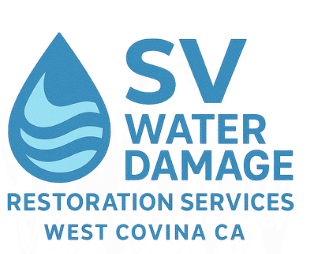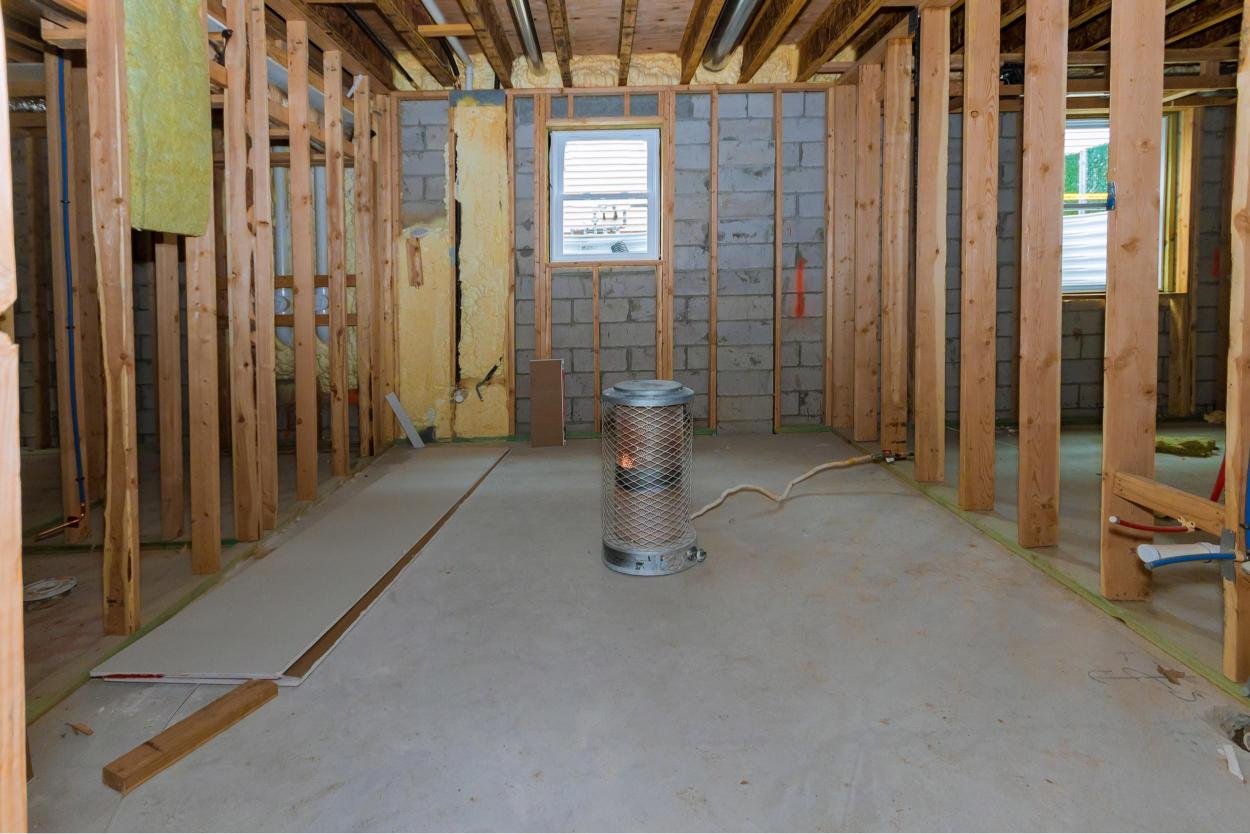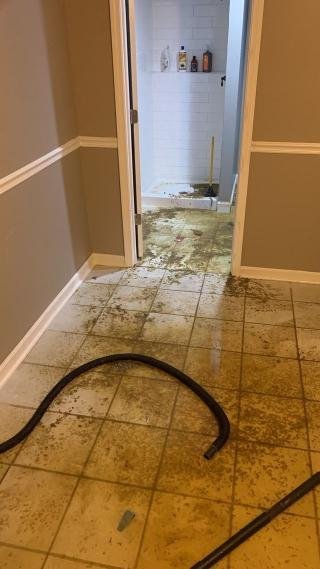When water invades your basement, restoration can feel overwhelming. Understanding the cleanup process helps you feel more in control. Here’s a breakdown of the steps professionals take during basement water cleanup, including what to expect and what you can do to help.
Step 1 – Emergency Response & Assessment
- First priority: stop source of water (burst pipe, leaking appliance, etc.).
- Assess the extent of water damage: how much water, how far it spread.
- Identify type of water: clean water (safe), gray water (possible contamination), black water (hazardous).
- Spot safety hazards: electrical risks, structural concerns.
Step 2 – Water Extraction
- Use industrial pumps and wet vacuums to remove standing water quickly.
- Work through carpets, padding, floors, subfloor where water may have soaked in.
- Use submersible pumps for large volumes.
- Don’t forget hidden water: under cabinets, behind baseboards, etc.
Step 3 – Moisture Mapping & Drying
- Tools: moisture meters, thermal imaging cameras to find moisture deep in walls or floors.
- Deploy air movers to circulate air across wet surfaces.
- Use commercial dehumidifiers to extract water vapor from air.
- Monitor temperature and humidity; adjust equipment placement as needed.
Step 4 – Cleaning, Sanitization & Deodorization
- Clean and disinfect all salvageable surfaces and items.
- If water is contaminated (gray or black), stricter sanitization needed.
- Use antimicrobial agents to stop mold and bacterial growth.
- Deodorization: treat odor sources—not just masking smell.
Step 5 – Monitoring & Verification
- Track moisture levels until everything is thoroughly dry.
- Use verification tools and measurements routinely.
- Final walkthrough to ensure that all damage is addressed.
- Make sure affected items are safe and structurally sound.
How You Can Help During the Process
- Clear out items from the basement so professionals can access all areas.
- Move furniture and valuables to dry zones.
- Provide access to electricity and water.
- Keep the space ventilated (if safe to do so).
- Document damage with photos & notes.
Why This Process Matters
- Incomplete drying leads to mold, rot & structure issues.
- Professional equipment and expertise reduce risk.
- Proper cleanup protects indoor air quality and overall safety.
- Peace of mind when you use trained specialists.
Conclusion
The basement water cleanup process is comprehensive: from immediate extraction through drying, cleaning, and verification. Knowing what happens at each stage helps you understand the work, stay involved, and avoid further issues. When you need help, reach out via Contact Us. For more detail on our full cleanup process, see our Basement Water Cleanup service page.





